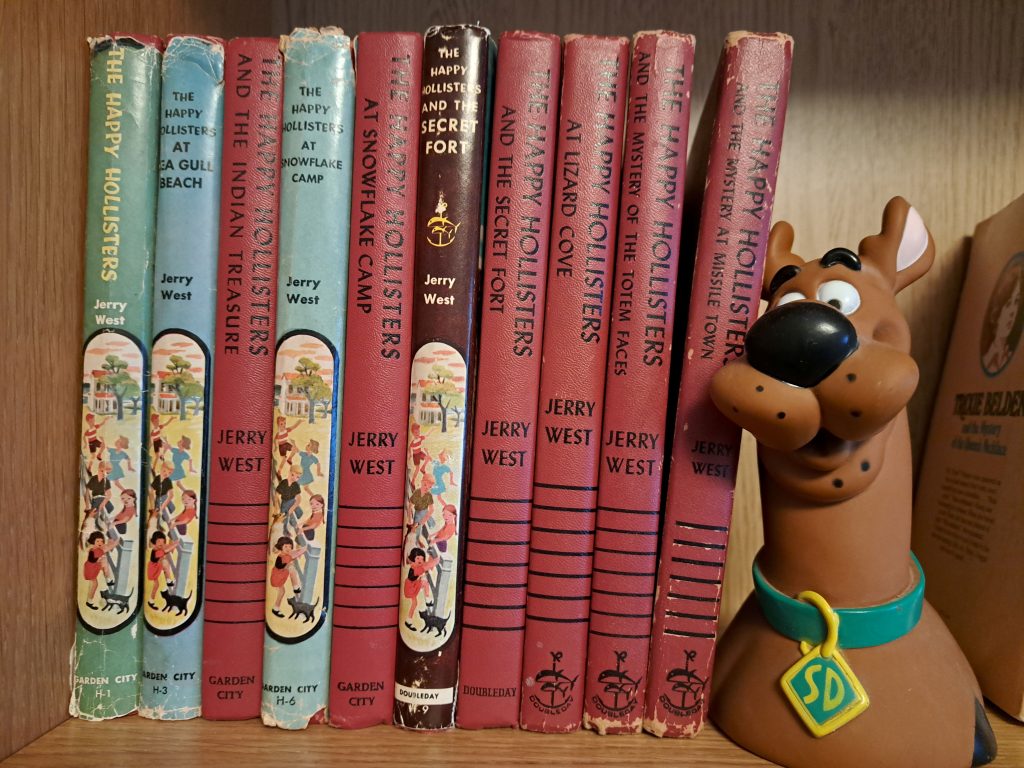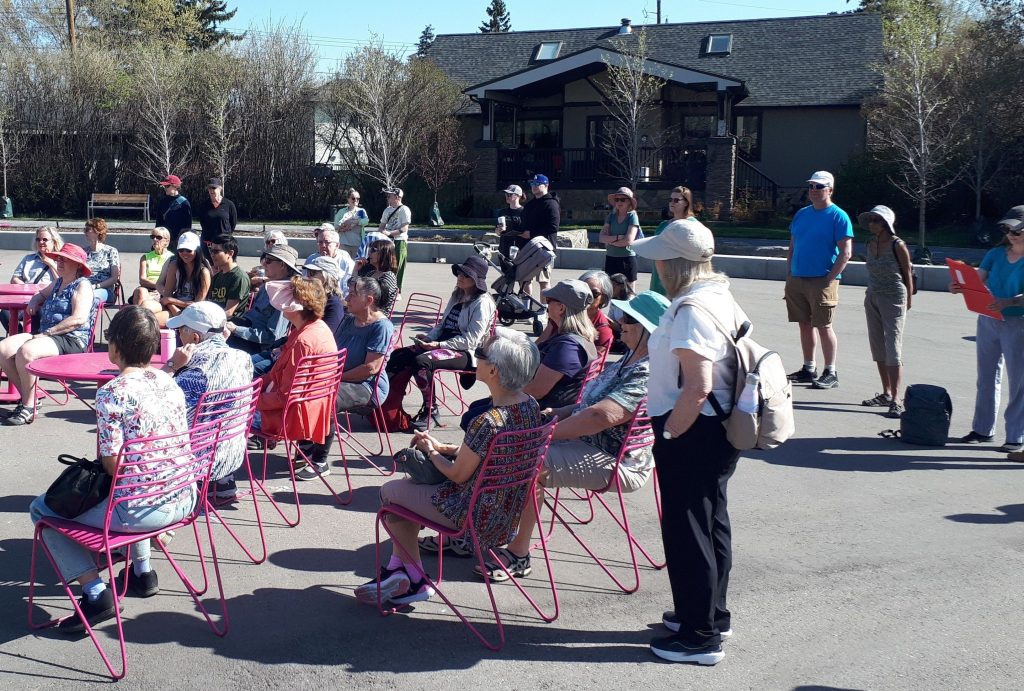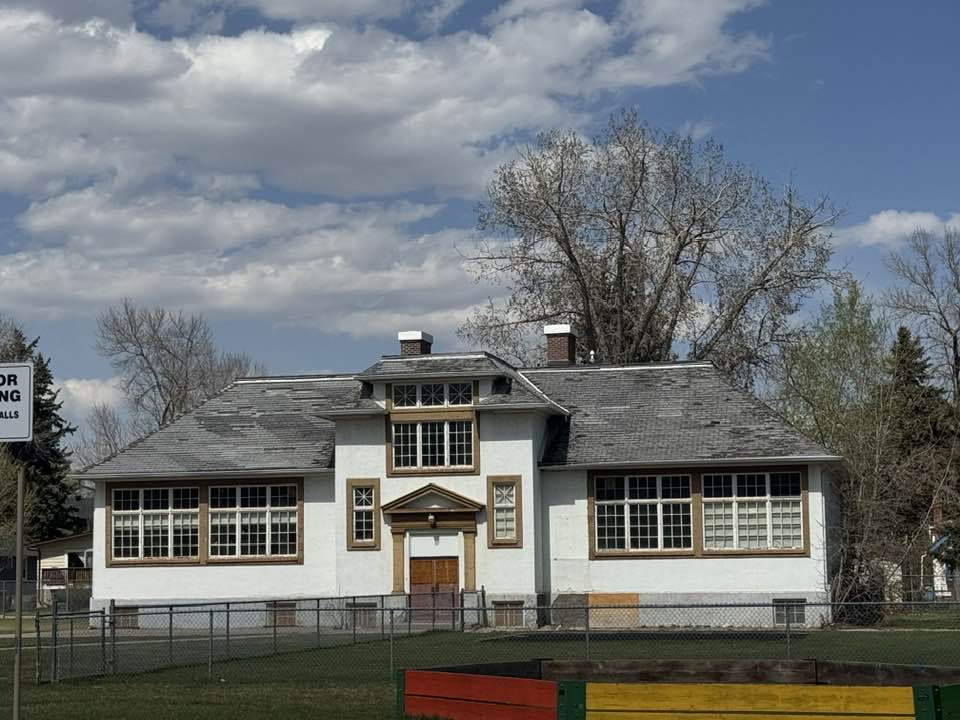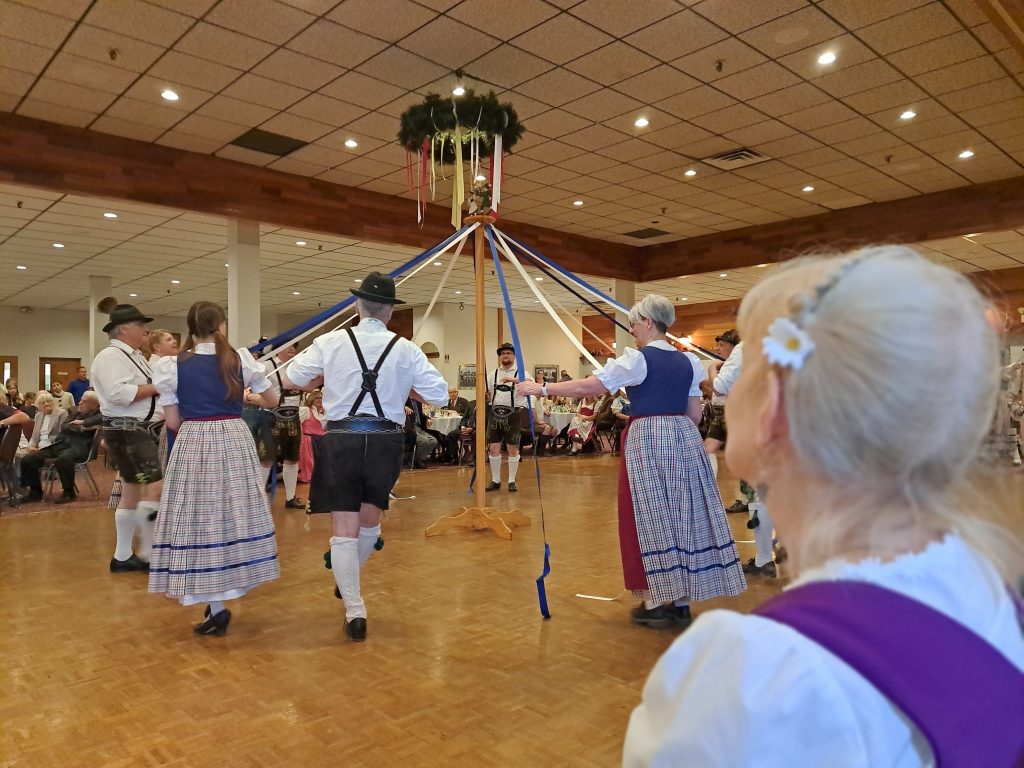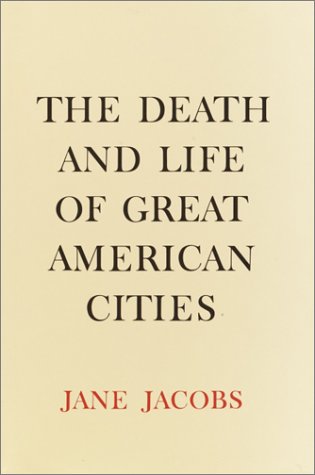When I was a child, I devoured novels about children and teenagers who solved mysteries and crimes. The Bobbsey Twins, The Happy Hollisters, Nancy Drew, The Hardy Boys, Trixie Belden. I loved them all and passed the books down to my two sons who enjoyed reading them. Since my granddaughter loved Robert Quackenbush’s series of Sherlock Chick mystery picture books that I got from the library, I wondered if she’d like these classics for older readers now that she is almost eight.
The Bobbsey Twins were my gateway mysteries, but I could only find one Bobbsey book in my house. My granddaughter liked reading it with her dad, so I thought of trying her on a mystery series for the next reading level: The Happy Hollisters.
The Hollisters are a family of five children aged four to twelve. People they meet in the stories always comment on their happiness. The siblings never quarrel or pick on each other or complain about doing household chores. Their parents are equally happy. They don’t yell or punish their kids who constantly get into dangerous situations.
Since the novels were published between 1953 and 1970, I decided to read the first book in the series to check that it wasn’t too dated for modern children.
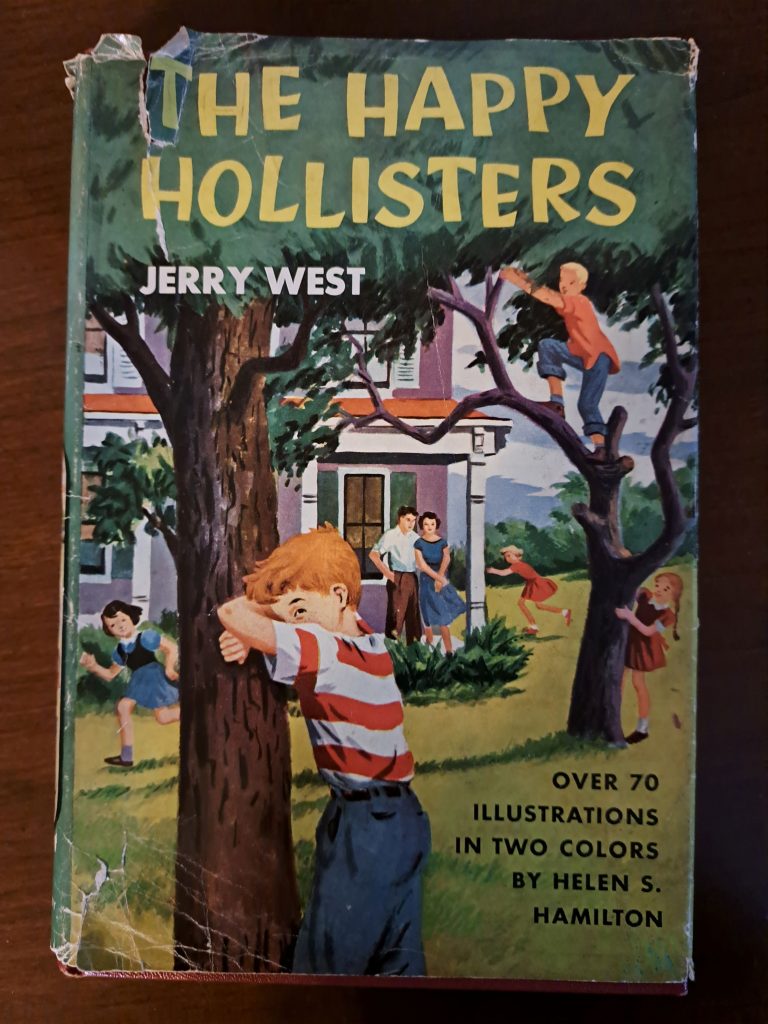
Naturally, the story reflects the times. The Hollisters live in a “white” middle class world. The two boys play Cowboys and Indians. Only the girls (cheerfully) help their mother make sandwiches for a family picnic and all three love playing with dolls, even “tomboy” Holly. The boys tend to be more rambunctious and daring than their sisters and take on the leadership roles.
But Pam Hollister beats all the neighbourhood boys in a mini-car race, and the girls get into scrapes and contribute to solving the mystery.
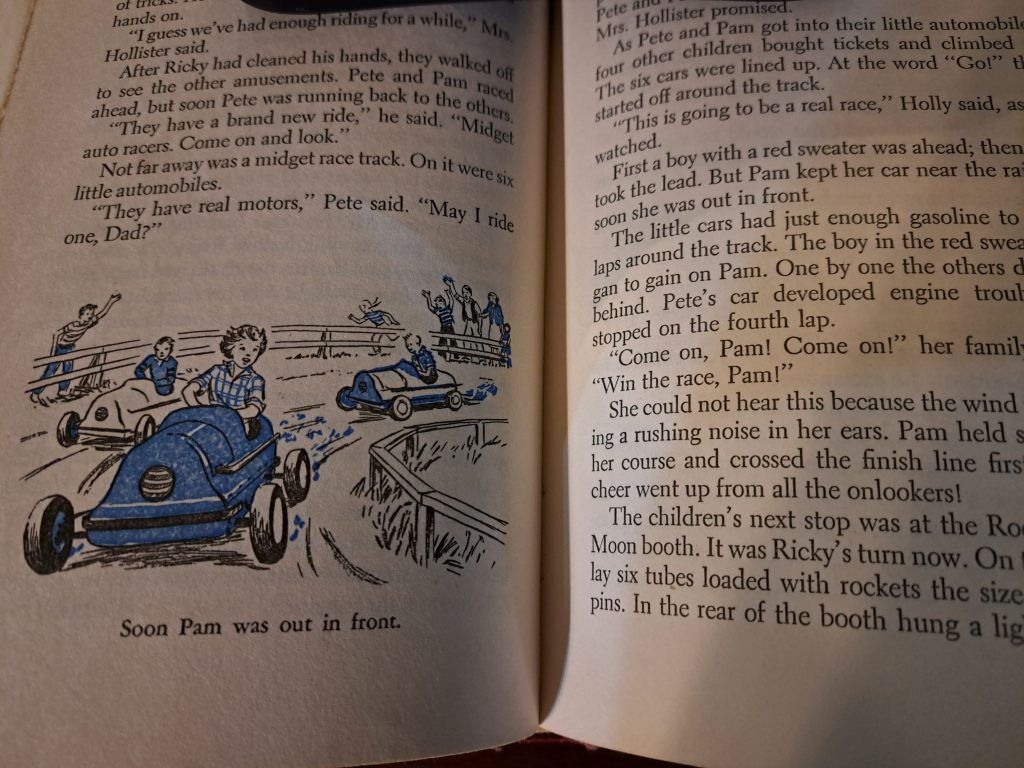
As a modern reader, what startled me most about the book was the children’s freedom. Mrs. Hollister lets four-year old Sue follow her older siblings everywhere. The Hollisters live on a lake, and Sue almost drowns. (Their intrepid family dog rescues her). When the older children build a campfire, Sue’s dress catches fire. Her brother Ricky burns his hands while saving her. Mrs. Hollister takes all of this in stride.
The other adults are equally unprotective. When the children find the final clue to the mysterious thefts, they prudently take their information to Officer Cal. He invites them to hop in his patrol car and help capture the thief. Children of the 1950s might have believed Cal would do this, but would today’s more protected kids find it plausible? But if they don’t, would believability matter if they’re engaged in the Hollisters’ adventures?
In the end, my son felt the books were a bit too long for his almost-eight-year-old. We’ll wait another year to try them on her. The Happy Hollister series was out of print from 1983 until 2010, when the publisher started to reissue the novels in paperback, hardcover, digital, and audio formats. You can buy the complete 33-paperback book set for $285. https://thehappyhollisters.com/product/the-happy-hollisters-bundle-collection/ The reissued books are described as faithful to the originals. I think for modern children, the stories could use some updating. For starters, I’d made the children, their parents, and their dog a little less than totally happy.
